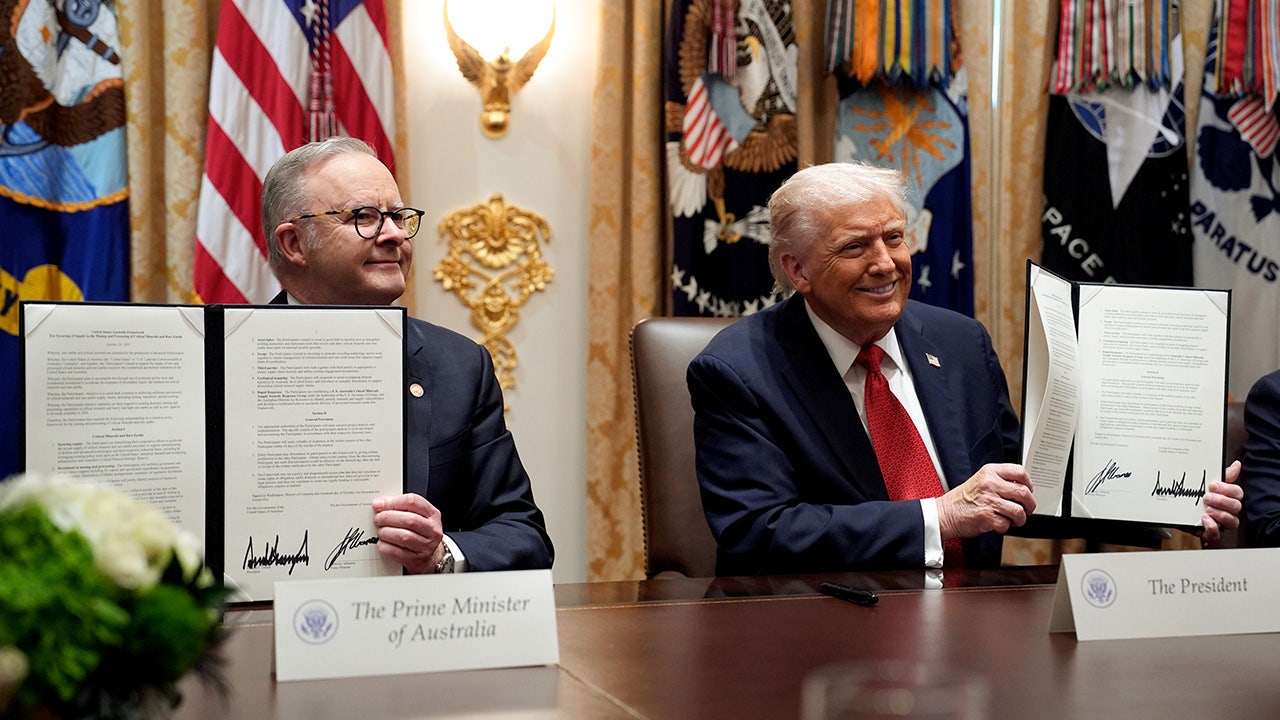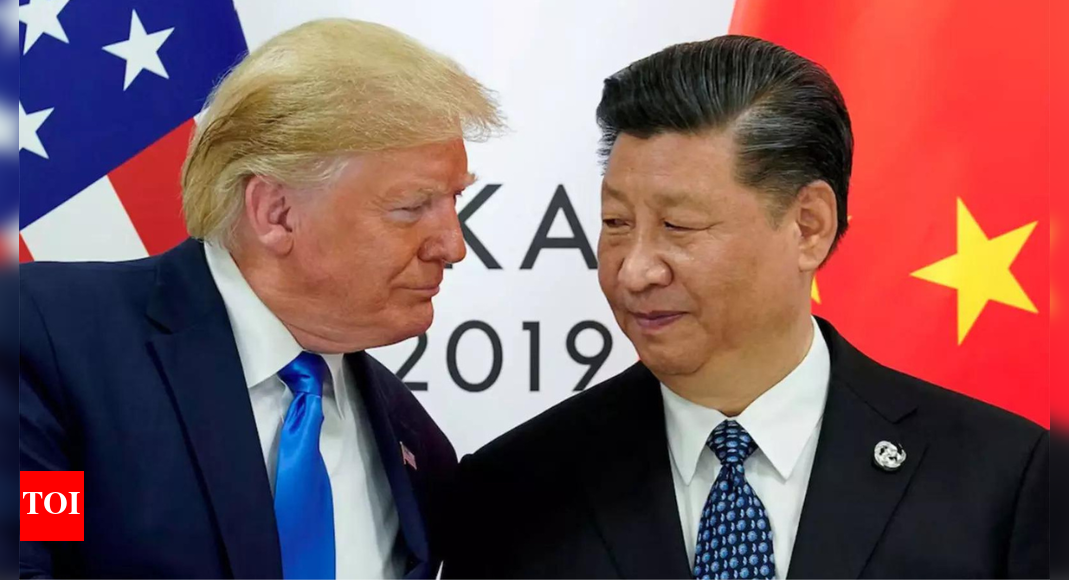BEIJING – A new type of visa rolled out by China to draw young foreign science and technology talent signals its ambition to become a tech superpower as well as an urgency to bolster innovation, analysts said.
The K visa, effective from Oct 1, 2025,
will grant such early-career talent a streamlined path into China
, without the need for a local employer sponsor, at a time when immigration policies in the US and UK have become more restrictive.
While the move underscores Beijing’s tech ambitions, analysts said it also shows that domestic efforts alone are not enough to meet the demand for top talent in areas such as artificial intelligence, quantum computing and biopharma.
Even though China produces millions of science, technology, engineering and mathematics (Stem) graduates each year, many of them lack cutting-edge training, exposure to global research frontiers or the ability to integrate into global networks, said Associate Professor Marina Zhang of the University of Technology Sydney (UTS).
The new visa category is designed, therefore, to fill these gaps, said Prof Zhang, who researches China’s technology and innovation issues.
“On the one hand, Beijing is signalling confidence by opening its doors. On the other, it reflects anxiety about structural bottlenecks in its innovation system,” she said.
The Chinese state media estimates that the country produces around 3.5 million to 3.6 million Stem graduates each year, the largest number worldwide. State media outlet China Daily reported that in 2019, about 45 per cent of Chinese university students majored in Stem, a higher share than that in the US and the UK.
The new K visa, announced by China’s State Council on Aug 14, will offer more flexibility than the existing 12 categories, with greater convenience in the number of permitted entries, validity period and duration of stay, said Chinese officials.
K visa holders will be allowed to take part in exchanges in fields such as education, culture, and science and technology, as well as relevant entrepreneurial and business activities in China.
State media outlet Xinhua reported that applicants will need to meet requirements in age, educational background and work experience, though details have yet to be spelt out.
Applicants for the K visa will not need a domestic employer or entity to issue an invitation. This marks a departure from the R visa for high-level talent or those whose skills are urgently needed in China, who are required to have an invitation or recommendation from a Chinese organisation.
Dr Nan Jia, who researches China’s corporate political strategy, was struck by the K visa’s lowered entry barrier, noting that employer sponsorship has traditionally served as a “market check” on applicants’ quality.
“I understand that (not requiring an invitation) increases the appeal of the visa and widens the scope. But when an institution is willing to put real money behind a person to hire them after vetting, that functions as a filter. If you lift that, who is going to determine whether someone is a talent or not?” asked Dr Jia, a professor of strategic management at the USC Marshall School of Business in the US.
What counts as “young” for the K visa is another question, she added. “In the typical Chinese labour market, young means under 35 years old. So will that apply to this visa too? Or will it be tied to the age cut-offs used for academic grants?” she said.
For instance, the age limit for China’s Talented Young Scientist Programme is 45 years old, while that for the Outstanding Young Scientists (Overseas) Fund Project is 40 years old.
Beijing has set its sights on becoming a science and tech powerhouse by 2035, a goal reiterated at the Communist Party of China’s 20th Party Congress in 2022 and seen as essential to bolstering the nation’s self-reliance drive in critical technologies amid rivalry with the US.
In recent years, top universities in China have dangled competitive salaries, research funding and bonuses to attract foreign academics and scientists.
In contrast, many researchers in the US have faced shrinking federal support and uncertainty about the future direction of research policy since US President Donald Trump took office for the second time.
China-born researchers working in Western institutions have also increasingly opted to return to China, drawn by better funding and opportunities. Recent high-profile returnees include mathematician Zhang Yitang, who left the University of California, Santa Barbara to join Guangzhou’s Sun Yat-sen University, and cancer expert Feng Gensheng, who now leads a research institute at Shenzhen Bay Laboratory after a 40-year career in the US.
UTS’ Prof Zhang said the K visa will not only strengthen China’s hand in the global race for talent but also serve a secondary goal of boosting its global university rankings, as international collaborations and co-authored publications enhance institutional standing.
“That said, concerns over China’s intellectual property protection, censorship and geopolitical tensions could blunt its appeal among talent from advanced democracies,” she noted, adding that the visa could prove more appealing to candidates from developing economies.
Associate Professor Kailing Shen, an economist at the Australian National University, said China is “playing the long game” by focusing on early-career talent, as these young minds will shape the next decade’s scientific and technological advancements.
However, Prof Shen, who does research on China’s labour market, added: “The success of this strategy hinges on China’s ability to effectively manage, mentor and foster these talents to prevent them from being used in a wasteful way.”
Similarly, USC Marshall’s Dr Jia said the success of China’s bid to draw early-career science and technology talent does not hinge just on the new visa.
She noted that China’s ultra-competitive tenure system, where young academics are given a certain number of years to meet specific criteria and secure a promotion or risk being let go, could be a bigger pain point.
“How much of an effect this visa will have probably depends on whether it is a standalone policy, or if it’s part of a bigger package of policies that address the main key pain points for academics,” she said.


